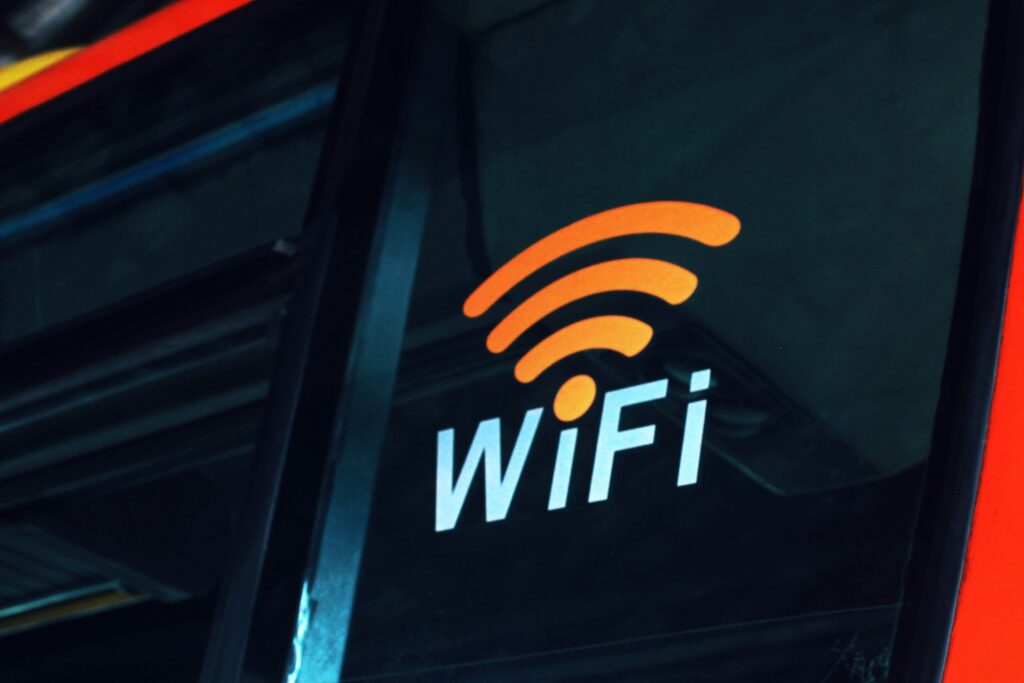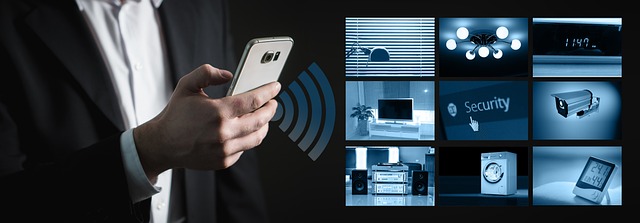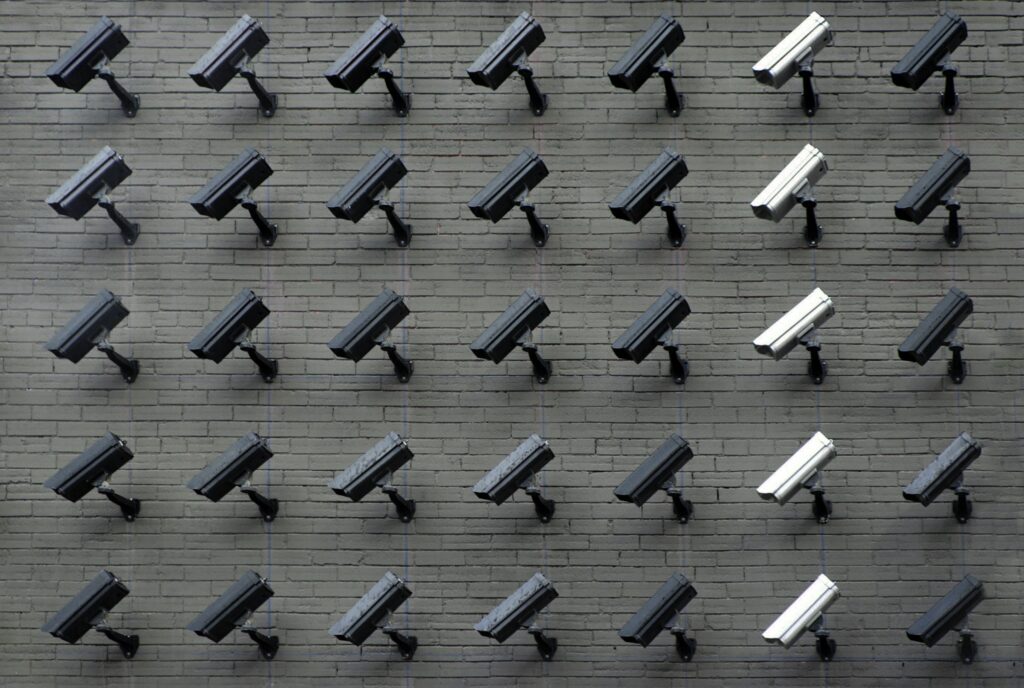Simplify Your Daily Routine
The Case for Simplification
Modern life is packed with distractions, overcomplicated tools, and endless to-do lists. But what if the real productivity hack isn’t adding more apps or gadgets—it’s subtracting the unnecessary?
Simplifying your daily routine can lead to:
- Clearer focus throughout the day
- Reduction in decision fatigue
- More mental bandwidth for creative thinking
Benefits You’ll Actually Notice
Stripping back your schedule and systems doesn’t mean sacrificing efficiency. In fact, it’s often the opposite. By focusing only on what matters, you reclaim time and reduce stress.
Here’s what you gain:
- More time: Fewer distractions means getting more done with less effort
- Less stress: Simpler routines remove unnecessary pressure and expectations
- Better focus: You’ll free up energy to tackle the work that really counts
No Need for Fancy Tech
You don’t need smart glasses, a robot butler, or AI-powered life organizers to get your life in order. Often, the best tools are the ones you already have.
Start with:
- A reliable calendar app or paper planner
- A consistent morning routine
- Removing 1–2 daily tasks that add little value
The goal isn’t perfection—it’s clarity. Keep what works, cut what drains you.
Smart routines start with simple wins. Setting up a smart alarm that gradually brightens your lights instead of jarring you awake can make mornings more bearable—and more productive. Pair that with lighting schedules tied to your sleep patterns and you’ve basically hacked time.
Next, calendar syncs. Make sure your Google, Apple, or Outlook accounts talk to each other. Missed calls and overlapping shoots are a rookie mistake. One synced system across devices saves you from the chaos.
Last up, weather and news briefings. Whether you’re scripting outdoors or vlogging from your kitchen, knowing what’s happening outside and around the world matters. Set up command-based briefings using your smart assistant—”Hey Google, what’s the update?” is faster than doomscrolling.
Keep it efficient. Let tech do the boring parts so you can focus on the creative stuff.
To-Do List Tech That Works For You
Efficiency isn’t just about doing more—it’s about doing less of what doesn’t matter. Smart vloggers are leaning into automation to shave off hours and stay focused on the creative. Apps like Todoist and Notion now come packed with baked-in automation features. Think recurring tasks, smart labels, and calendar syncs that don’t need babysitting.
But the real magic happens when your apps talk to each other. That’s where Zapier and IFTTT come in. With a few simple zaps or applets, you can auto-create a task in Todoist every time you get an important email, or drop new video ideas straight into a Notion board from a voice memo app.
Templates take it further. Weekly content calendars, post-production checklists, and script outlines—pre-built and ready to go—can save you mental overhead every single day. Spend a Sunday building a solid workflow setup, and you’ll get that time back tenfold.
In 2024, automating the busywork isn’t just nice. It’s necessary.
Cluttered inbox? Start there. Vloggers deal with nonstop emails—brand offers, comments, platform updates, random spam. Automating inbox organization saves mental bandwidth. Set up filters for high-priority messages. Use labels to group ongoing collabs, invoices, and viewer questions. Then go nuclear on spam: services like Unroll.Me or built-in email features let you mass unsubscribe and keep the noise out.
Next up: backups. If your content lives only on your devices, you’re asking for trouble. Schedule regular cloud backups for everything that matters—raw footage, edited files, thumbnails, scripts. Whether you’re team Google Drive, Dropbox, or iCloud, the point is the same. Tech fails. Don’t let it take your whole channel down with it.
(Related read: Speed Up Your Slow Laptop Without Buying New Hardware)
Voice Assistants Are Getting Smarter About Your Routine
Setting up your voice assistant is no longer about turning on music or asking for the weather. In 2024, Alexa, Google Assistant, and Siri can handle multi-step routines that streamline your day and personalize your smart home experience.
Get Your Routines in Check
Voice-assistant routines allow you to automate common actions with a single command. Whether you’re waking up, heading out, or winding down, routines can make those transitions seamless.
How to Get Started:
- Alexa: Go to the Alexa app > More > Routines > Create Routine. Choose a trigger like “Good morning” and add actions like lights on, news briefing, and coffee maker on.
- Google Assistant: Open Google Home app > Routines > New. Choose a voice command and stack tasks like calendar readout, thermostat adjustment, or turning off lights.
- Siri: Use the Shortcuts app to build personalized actions. Pair a custom phrase like “Heading out” with actions like locking doors and turning off appliances.
Smart Home Control at Your Command
Voice assistants now link seamlessly with a range of connected devices:
- Lights and Plugs: Turn on, dim, or switch off devices in specific rooms or by activity (e.g., “Movie mode”).
- Thermostats: Adjust temperature during morning and bedtime routines automatically.
- Scenes: Combine devices and settings into a single command like “Relax Mode” for lights, music, and blinds together.
Customize Commands, Reduce Friction
Create personal voice commands to skip repetitive tasks and make everyday interactions smoother.
Tips for Custom Voice Commands:
- Name routines using natural speech: Instead of “Activate Scene One,” use “Let’s chill.”
- Use location-based triggers where supported (e.g. “When I get home”).
- Keep family in mind: set up multiple profiles with variation in commands that suit everyone’s habits.
With the right setup, voice control evolves from novelty to necessity — and 2024 is all about minimizing friction in your day-to-day digital life.
Managing money as a creator isn’t just about income—it’s about efficiency. Budgeting apps are stepping up in 2024 with smarter automation that keeps things tight without demanding constant mental check-ins. Tools like YNAB, Mint, and Rocket Money now track spending in real time and send automatic nudges when your subscriptions or bills are creeping up.
Recurring transfers make saving a background process instead of a guilt trip. Whether it’s setting aside a chunk after every post or transferring rent money before it gets spent on gear, automating is the move. Most apps now offer customizable savings goals so you can target that new Sony camera without bleeding the grocery budget.
If you’re splitting costs with a partner, roommate, or fellow creator, tools like Splitwise and Honeydue simplify shared transactions. Auto-reminders, clean splits, and built-in payment links mean fewer awkward convos and missed reimbursements. In short, the time you’d spend juggling numbers can now go back into content—and that’s the real win.
Staying on top of daily health habits used to be a juggling act. Now, it’s background noise. Vloggers are automating the basics—hydration reminders, stand-up prompts, sleep tracking—so they can focus on producing. Smart wearables handle the sync work, logging steps, resting heart rate, and sleep cycles without a second thought.
Beyond movement and rest, more creators are putting their meals on autopilot too. Weekly meal planning apps and auto-generated grocery lists now do the heavy lifting. Want a month of balanced meals built around your filming schedule? Tap, drag, done. The less time spent on life logistics, the more energy left for the camera.
Start where you are. Automating your vlogging process doesn’t mean diving headfirst into tools you barely understand. Begin with a small fix—maybe setting up auto-captioning or using a template for video thumbnails. Quick wins build momentum.
Once those smaller steps are routine, layering more automation gets easier. Bulk scheduling uploads, having AI suggest video titles, even setting up smart folders for your raw footage—it all stacks. The more you automate wisely, the more time you get to focus on what actually matters: creating good content and connecting with your audience.
Remember, using tech isn’t about showing off the newest tool. It’s about using just enough of the right tools so tech works for you—not the other way around. A simpler workflow usually delivers a sharper, more consistent message. That’s what keeps people coming back.



 Dorisia is a digital innovation writer at flpsymbolcity, known for turning complex technology symbols, codes, and digital tools into simple resources anyone can use. With a deep passion for online communication systems and evolving tech emojis, she helps users understand how symbols shape modern digital conversations.
Dorisia is a digital innovation writer at flpsymbolcity, known for turning complex technology symbols, codes, and digital tools into simple resources anyone can use. With a deep passion for online communication systems and evolving tech emojis, she helps users understand how symbols shape modern digital conversations.

